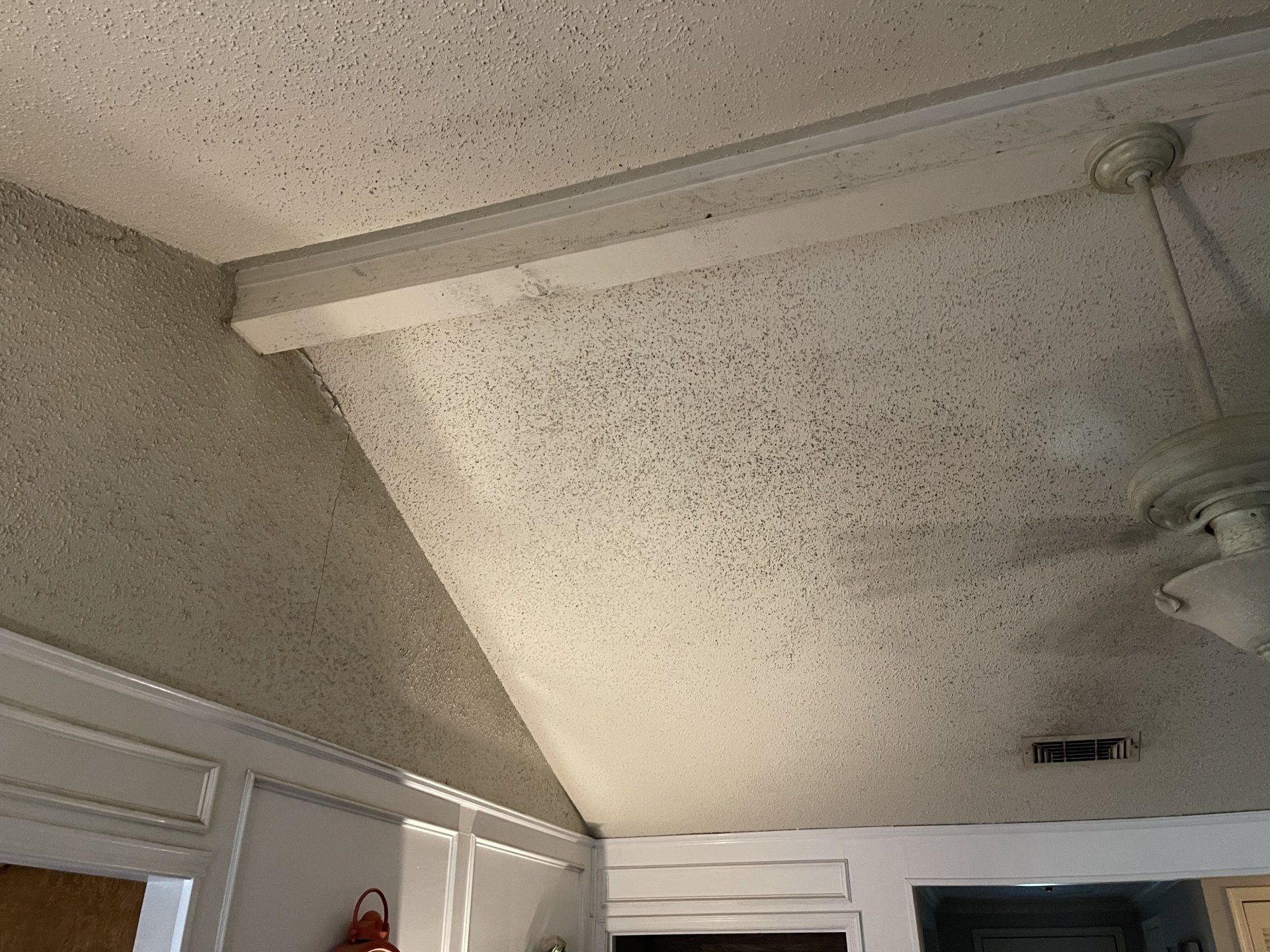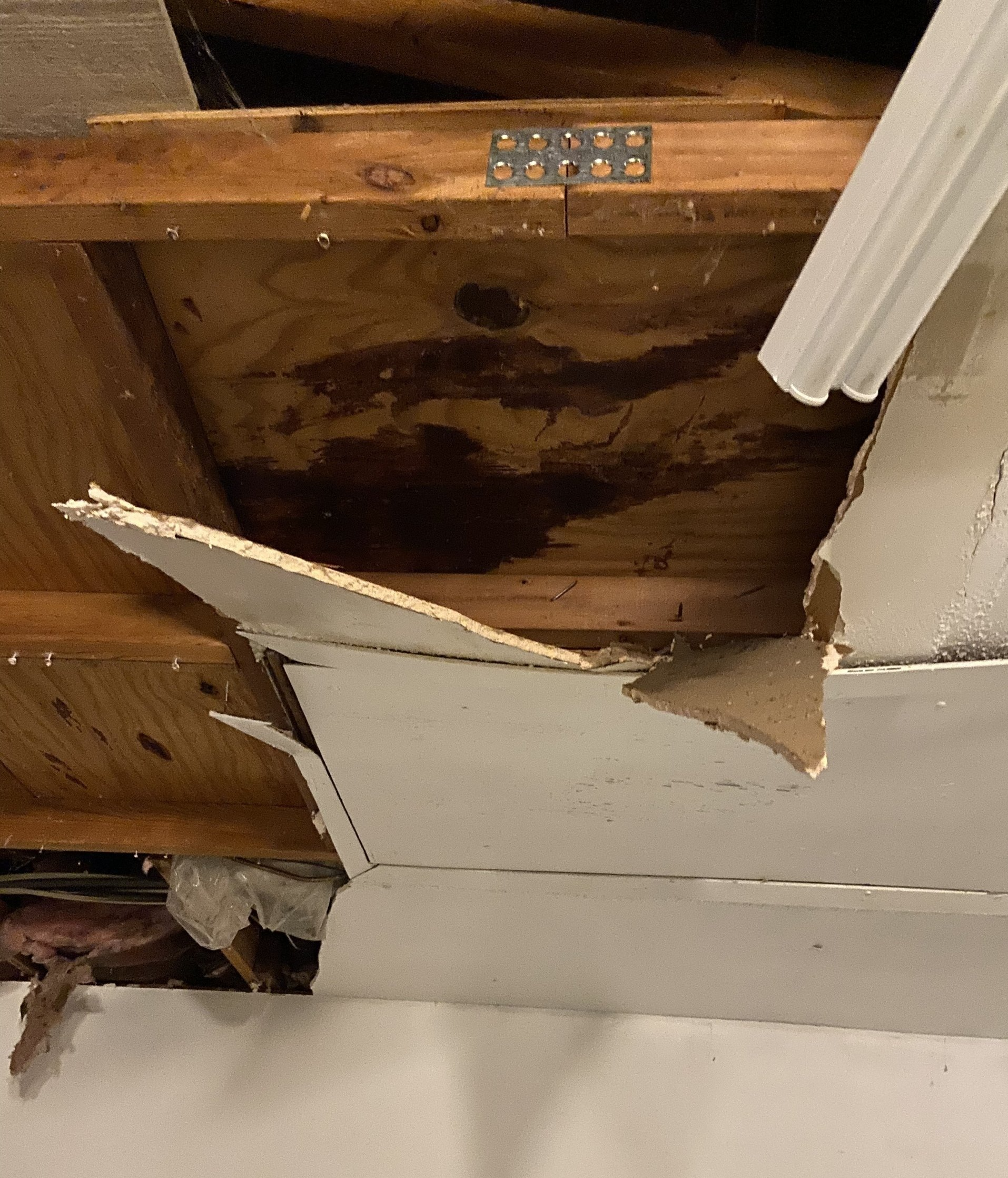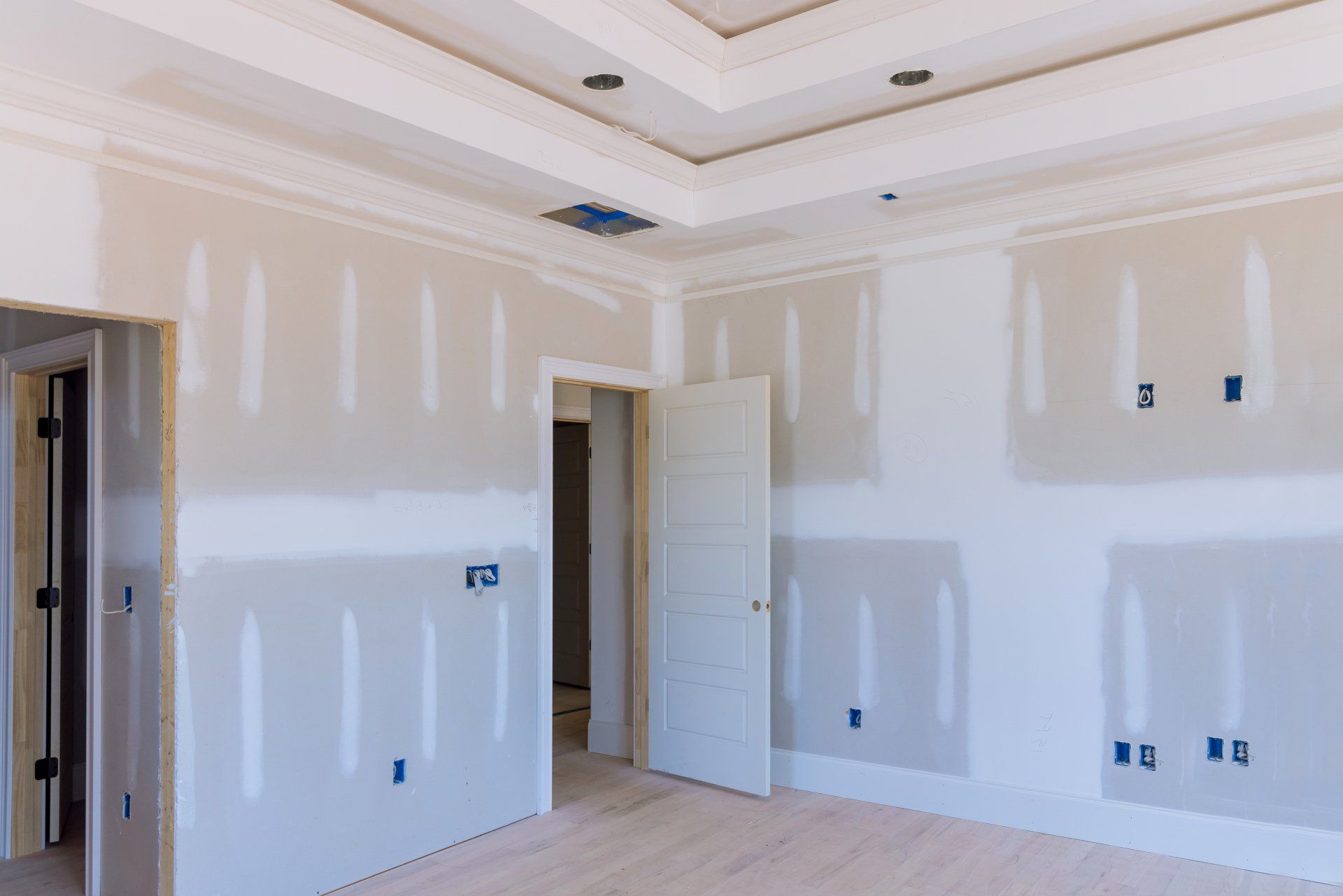
Comprehensive Guide to Water Damage Restoration and Ceiling Repair
Navigating the Waters of Water Damage Restoration: Costs, Ceilings, and Comprehensive Estimates
Water damage can strike at any moment, wreaking havoc on your property and belongings. Whether it's a burst pipe, a leaking roof, or a flood, water damage requires swift and thorough restoration to minimize the long-term impact. In this extensive guide, we will explore the world of water damage restoration, with a particular focus on
ceiling repair. We will delve into the costs involved, how to estimate restoration expenses, and the essential steps to ensure your property returns to its pre-damage condition.

1. Understanding Water Damage Restoration
Water damage restoration is the process of repairing and restoring properties affected by water intrusion. This can encompass various scenarios, such as flood damage, pipe bursts, or ceiling leaks. Restoration goes beyond simple cleanup; it involves thorough assessment, drying, repair, and often reconstruction to bring the property back to its original state.
Ceiling Water Damage Restoration:
Ceiling damage is a common consequence of water intrusion, and restoring it is a crucial aspect of the overall restoration process. Addressing ceiling water damage promptly is essential to prevent structural issues and mold growth.
2. Water Damage Restoration Cost
The cost of water damage restoration can vary widely based on several factors. The extent of the damage, the type of materials affected, and the restoration methods employed all play a significant role in determining the overall cost.
Ceiling Water Damage Restoration Cost: Repairing a
water-damaged ceiling can be a significant part of the restoration expense. The cost will depend on the extent of the damage, the materials used in the ceiling, and the required repairs.
3. Estimating Water Damage Restoration Expenses
Estimating the cost of water damage restoration is a crucial step in the process, as it helps property owners plan and budget for the necessary repairs. Obtaining a water damage restoration estimate is the first step towards assessing the scope and cost of restoring your property after water damage. Here are some key factors to consider when estimating restoration expenses:
a. Extent of Damage:
Assess the extent of the water damage, including how many rooms or areas are affected, and the severity of the damage.
b. Type of Materials:
Different materials, such as drywall, insulation, and flooring, have varying costs for repair and replacement.
c. Restoration Methods:
The methods used for restoration, including drying techniques and repair approaches, can impact the overall cost.
d. Professional Services: Hiring professionals for assessment, cleanup, and repairs will add to the expense but ensure a thorough and efficient restoration process.
e. Additional Costs: Be prepared for potential additional costs, such as mold remediation, temporary housing, and storage for salvaged belongings.
4. Ceiling Water Damage Restoration
Water damage restoration ceiling involves a series of steps to address and repair the damage inflicted on the ceiling. The specific process may vary depending on the type of ceiling material, the extent of the damage, and the restoration professional's recommendations. Here's an overview of the typical steps involved:
a. Assessment: Begin by assessing the extent of the ceiling damage. Identify any structural issues and evaluate the integrity of the ceiling material.
b. Water Extraction:
Remove any standing water or excess moisture from the affected area using specialized equipment such as pumps and dehumidifiers.
c. Ceiling Material Removal: In severe cases, it may be necessary to remove damaged ceiling material to access and repair the underlying structure.
d. Drying and Dehumidification: Thoroughly dry the affected area to prevent mold growth and further damage. Dehumidifiers and industrial fans may be used.
e. Repair or Replacement: Depending on the extent of damage, either repair or replace the damaged ceiling material. Ensure that the new material matches the existing ceiling for a seamless finish.
f. Painting and Restoration:
Once the repairs are complete, repaint and restore the ceiling to its original condition.
g. Address the Source: Identify and fix the source of the water intrusion to prevent future ceiling damage.
5. The Importance of Professional Assistance
Water damage restoration, including ceiling repair, is a complex and often urgent process. While some minor water damage cleanup tasks can be handled by homeowners, it's essential to seek
professional assistance for more extensive damage. Here's why:
a. Expertise: Restoration professionals have the knowledge and experience to assess the damage accurately and determine the most effective restoration methods.
b. Equipment: Professionals have access to specialized equipment, such as moisture meters, industrial fans, and dehumidifiers, to expedite the drying process.
c. Prevent Mold Growth: Timely and proper restoration is crucial in preventing mold growth, which can lead to health issues and further property damage.
d. Structural Integrity: Restoration experts ensure that the structural integrity of your property is not compromised during the restoration process.
e. Insurance Claims: Professionals can help you document the damage for insurance purposes and navigate the claims process.
Conclusion
Water damage restoration, especially when it involves repairing a water-damaged ceiling, is a critical process that requires careful planning and execution. Understanding the cost factors, estimating expenses, and seeking professional assistance are essential steps in ensuring your property is restored to its pre-damage condition. Prompt action is key to minimizing the long-term impact of water damage, so it's crucial to address the issue as soon as it arises. By following the guidelines outlined in this comprehensive guide, you can effectively navigate the challenges of water damage restoration and ensure the safety and integrity of your property.
You might also like
Book a Service Today
We will get back to you as soon as possible
Please try again later
Aldo's Drywall Contracting & Repair Services
Drywall is our business and we do it right.
Copyright Aldo's Drywall Contracting & Repair


